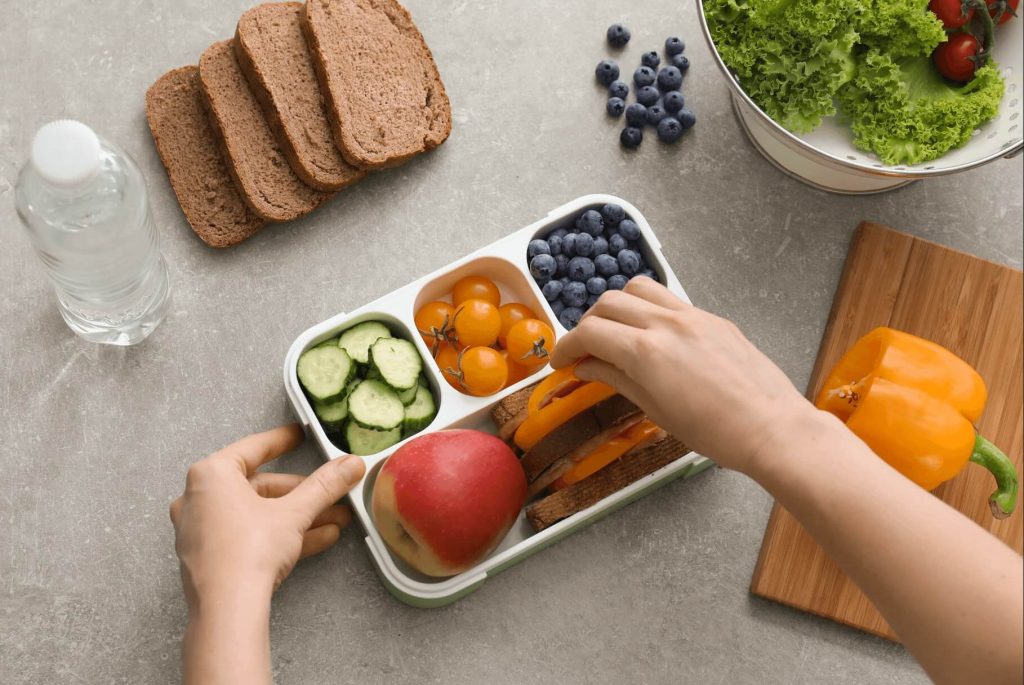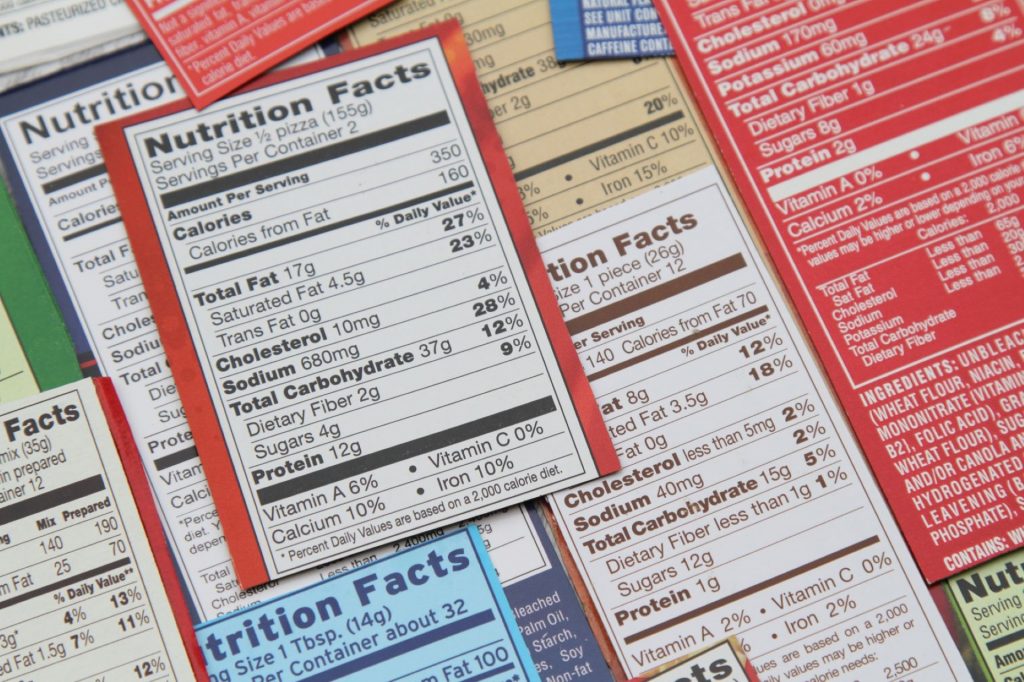Changing our behaviours and habits can be daunting when we begin to try new ways of doing things, especially the way we eat daily. That’s why we have prepared some tips to help you find ways to eat less salt each day that work for you.

Eat fresh veggies
Eating more fresh and unprocessed foods, especially vegetables, will help reduce your salt intake as these foods are naturally low in salt. Raw meals made with fresh raw fruits, veggies, nuts, seeds and spices require little to no salt compared to cooked meals. Find creative ways to add more veggies to your meals. E.g. Grated cauliflower instead of rice, spiralized zucchini instead of noodles or spaghetti, blended seeds and veggies dehydrated instead of bread, etc.
Cut back on processed foods
Processed and packaged food products such as processed meats (bacon, sausages, salami, ham, chorizo), cheeses, bread, sauces, packet soups, instant noodles, ready-made meals, and other convenience meals are high in salt. You can reduce your salt intake by simply reducing your intake of highly processed foods.


Check food labels
Check the sodium content on food labels, and look for:
- Low salt foods: Foods that contain less than 120mg of sodium per 100g
- Moderately salted foods: Foods with less than 400mg of sodium per 100g are ok options too.
- Tip: If you are short on time, look for foods labelled ‘low salt’ ‘salt reduced’ or ‘no added salt’.
If you are in Australia, use the FoodSwitch Mobile app to choose lower salt foods. Simply scan the barcodes of the food products while you are shopping, and the app will show you healthier and lower salt alternatives. Or look for the health star rating and aim to buy products that are at least 3.5 stars or more.
Cook more, Order less
Take-away foods and ready-meals often contain high levels of salt. You can keep track of how much salt you add to your food when you cook at home, allowing you to stay in control of your salt intake. Also watch out for sodium in salty sauces and condiments such as stock, gravies, soy and fish sauce.
Plan your meals ahead of time and use a shopping list to make sure you get all the ingredients you need. This will help you to avoid getting tempted in the aisles with unhealthy salty snacks.


Use herbs and spices
Make your meals full of flavour by using fresh and dried herbs and spices as you gradually reduce the amount of salt you add. Some examples include garlic, ginger, chilli, pepper, paprika, cumin, oregano, thyme, turmeric, nutmeg, lemon grass, coriander, rosemary and more!
Have herbs, spices and slices of lemon or lime on the table instead of saltshakers.
Gradually reduce salt
If you already prepare your meals at home most of the time, take a closer look at how much salt you are adding. Switch to using measuring spoons to accurately measure how much salt you are eating. Aim to have less than 5 grams of salt per day – roughly 1 teaspoon.
Then little by little, gradually reduce the amount of salt you add to your cooking over a few months. Your taste buds will adapt to preferring a less salty flavour and over time, you will not notice the less salty flavour.
